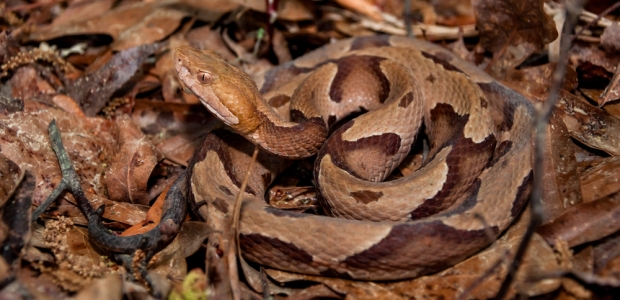
WHO Launches Snakebite Prevention and Control Strategy
WHO reports that poisonous snakebites affect from 1.8 million to 2.7 million people each year, killing as many as 138,000 people and causing 400,000 cases of permanent disability annually.
The World Health Organization recently launched its new global snakebite strategy, aiming to reduce snakebite deaths and related disability cases by 50 percent by the year 2030. According to the organization, poisonous snakebites affect from 1.8 million to 2.7 million people each year, killing as many as 138,000 people and causing 400,000 cases of permanent disability annually.
The strategy targets affected communities and their health systems and seeks to ensure access to safe, effective treatment. It was developed by a 28-member panel of global experts in consultation with WHO regional offices, the scientific and research community, health foundations, advocacy groups and stakeholders.
The cost is projected at $136.76 million from 2019 to 2030, in three phases. The Pilot Phase (2019-2020) would cost $8.96 million, in which communities and health systems will be strengthened in 10–12 countries where poisonous snakebites are a public health problem. The Scale-up Phase (2021-2024) would cost $45.44 million, and the Full Roll-out Phase (2025-2030) would cost $82.36 million.
"The people most affected by snakebite are often those with the least access to services and medicines," WHO's director-general, Dr. Tedros Adhanom Ghebreyesus, writes in the strategy's foreword. "The most powerful force for reducing the impact of snakebite envenoming is therefore for countries to commit to universal health coverage, based on strong health systems and people-centred primary health care. Engaging communities and national and international partners is also essential. I urge all policy-makers and managers in countries, as well as our international partners, to work with WHO to implement this strategy and achieve sustained prevention and control of this disease that affects many of the world's most vulnerable people."
The strategy was developed in response to a resolution adopted in 2018 by the 71st World Health Assembly. The resolution called for a coordinated response to address the global burden of snakebite envenoming.